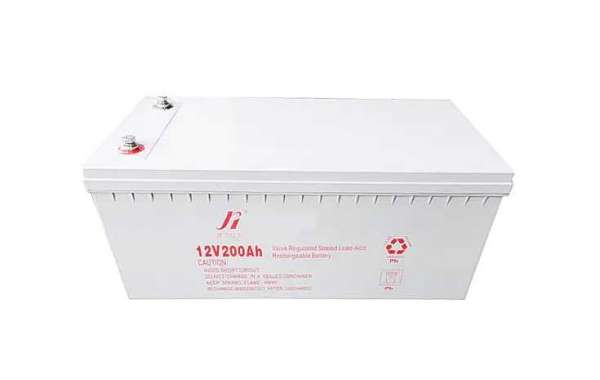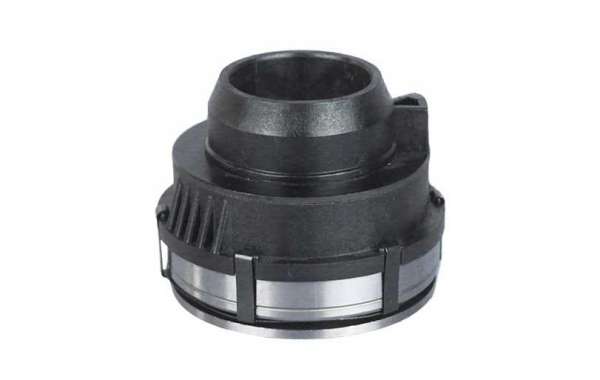What are Sealed AGM Battery and gel batteries?
Sealed AGM batteries (absorbent fiberglass mat) and gel batteries are examples of VRLA (valve-regulated lead-acid) batteries. They are also called SLA (sealed lead acid) batteries. These abbreviations refer to the safety valve in the battery cover. Generally speaking, the term gel battery is used to mean Sealed AGM Battery and gel battery. Sealed AGM Battery can also be called "membrane", "lack of electrolyte" or "dry" battery.
What is the difference between Sealed AGM Battery and a gel battery?
There are two different versions of VRLA batteries: Sealed AGM Battery and Gel battery. In-gel batteries, certain elements—usually a specific silicon mixture—are added to the battery acid to convert the electrolyte into a gel-like substance that does not leak. By "drilling" channels in the gel, gaseous oxygen moves from the positive plate to the negative plate. Here it encounters hydrogen and recombines into the water, releasing energy. Gel batteries have the excellent capacity, but their acid resistance is slightly increased, so they are not suitable for starting batteries. They are highly resistant to excessive deep discharge and can maintain their function even when the battery is discharged to 20% of its nominal capacity.
In the Sealed AGM Battery, the electrolyte is fixed in place by the isolation membrane. This is why these batteries are also called membrane batteries. The membrane is composed of a glass fiber mat, which acts like a sponge. This function is based on the capillary properties of the membrane. The sealed AGM Battery can be produced with a very thin isolation film, resulting in low internal resistance. This means that a relatively small-size battery can be used to achieve high output power, making this type of battery an ideal choice for various applications.
Sealed Deep Cycle Battery is also our product, welcome to consult and purchase.








